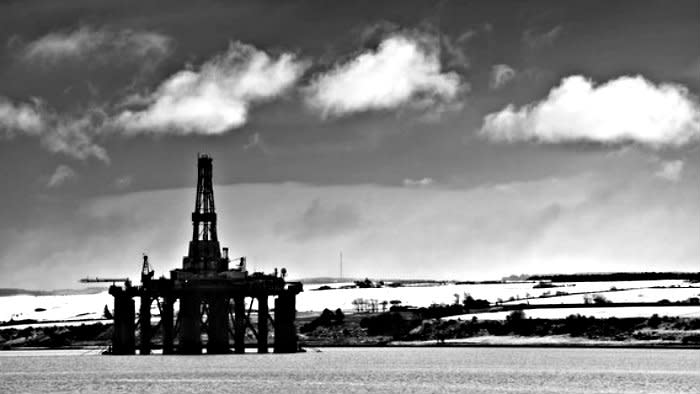Should Energy Investors Be Preparing for Another Oil Slump?

Swelling levels of optimism in the wake of the ground-breaking deal between OPEC and key non-OPEC oil-producing nations to cut oil production have buoyed energy stocks in recent months. Many analysts predicted that crude could rise to as high as US$70 per barrel by year end.
However, there are signs that a renewed slump in oil prices could be on the way. This isn?t good news for Canada?s beaten-down energy patch and those companies that predicated their 2017 guidance on higher prices.
Now what?
The greatest threat is that the signatories to the production deal will not renew the agreement when the cartel meets in May this year, despite several participants stating their support for continuing the cuts.
You see, much of the rationale for the cuts is predicated on easing the fiscal pressures that the prolonged slump in crude was creating for OPEC?s petro-states. Most cartel members need crude to be well above US$50 per barrel to balance their budgets.
These fiscal pressures were not only forcing them to slash spending but were spilling over into their economies, fomenting social unrest, political upheavals, and economic crises. If prices remain below US$50 per barrel and even weaken further, there is little to no incentive for the signatories to renew the cuts.
In fact, it may make more sense for those nations to boost output to make up for the shortfall in government revenue.
The likelihood of oil prices falling further is high.
Since crude shot up to over US$50 per barrel earlier this year, there was a surge in activity in the U.S. energy patch, especially among shale oil producers. The U.S. rig count climbed to its highest level in 18 months; the number of operational rigs is now double what it was almost a year ago.
As a result, U.S. oil output has reached over 9.1 million barrels daily ? the same level it was in February last year when oil plummeted to under US$30 per barrel because of the growing surplus.
Then there is the threat posed by ever-growing global oil stockpiles, which are close to record levels primarily because of growing U.S. and Saudi oil output. Until these stockpiles decline sharply, there can be no substantial increase in prices. Now that the international rig count is at its highest level since April 2016, indicating that global oil production will grow, there is little likelihood of those inventories declining until there is a marked uptick in demand.
So what?
For these reasons, oil prices will remain under pressure for some time, increasing the likelihood that they will remain under US$50 per barrel for the foreseeable future. This is bad news for deeply indebted energy companies, such as Baytex Energy Corp. (TSX:BTE)(NYSE:BTE) and Pengrowth Energy Corp. (TSX:PGF)(NYSE:PGH), that based their 2017 financial forecasts on oil being at US$55 per barrel.
If oil does not rebound in coming months, both will be forced to slash spending on exploration and development as well as look at raising additional funds to reduce their massive piles of debt. The most obvious means of doing so would be to make asset sales, which, in conjunction with declining investment in drilling, would see both oil reserves and production decline.
Of the two, Pengrowth is the most vulnerable because it has almost $908 million of debt falling due between now and August 2018, whereas most Baytex?s debt does not fall due until 2021, giving it plenty of breathing space.
First Brexit... then Trump... Now, it's time for Pro...
To help investors like you navigate this historically uncertain -- yet high-flying -- market and prepare for an inevitable downturn, we're re-opening our Motley Fool Pro Canada service to a select few new members for a short time.
To discover how Pro Canada could help you to increase your upside potential... reduce your downside risk... and earn paycheque-like income in the process, simply click here -- before the small number of spots we have left are all gone!
More reading
Fool contributor Matt Smith has no position in any stocks mentioned.
First Brexit... then Trump... Now, it's time for Pro...
To help investors like you navigate this historically uncertain -- yet high-flying -- market and prepare for an inevitable downturn, we're re-opening our Motley Fool Pro Canada service to a select few new members for a short time.
To discover how Pro Canada could help you to increase your upside potential... reduce your downside risk... and earn paycheque-like income in the process, simply click here -- before the small number of spots we have left are all gone!
Fool contributor Matt Smith has no position in any stocks mentioned.

 Yahoo Finance
Yahoo Finance 